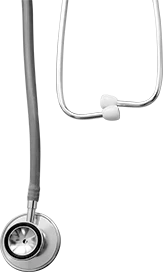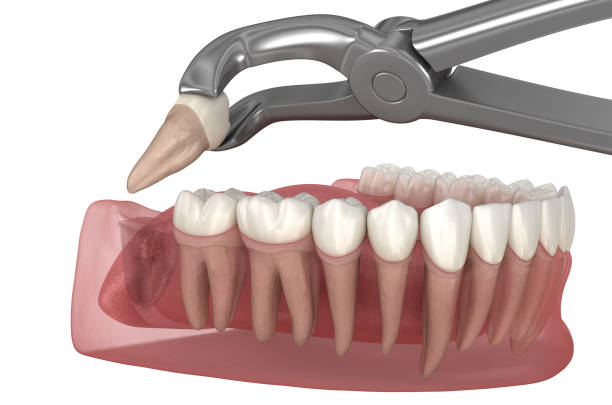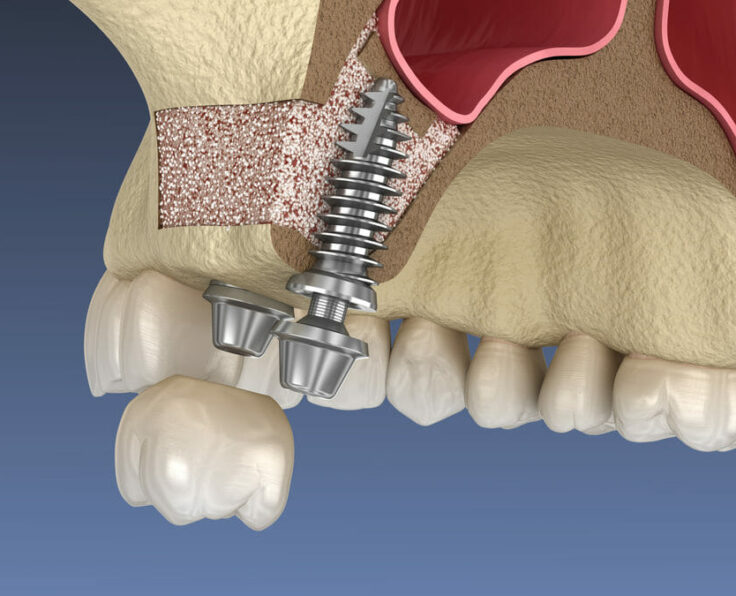Healthy Smiles Start Here
Call Us when you Need Help!
Get Rid of Pain with The Best Wisdom Teeth Removal Procedure in Dubai
Oval Dental Clinic in Dubai offers advanced wisdom tooth removal services, using advanced equipment and qualified personnel. They understand the anxiety associated with surgical procedures and provide tailored, effective treatments. The clinic focuses on reducing pain and ensuring quick recovery, prioritizing comfort and health.

How to Know That You Need to Remove Your Wisdom Teeth?
Persistent Pain or Discomfort
Pain at the back of your mouth, near your molars, can be a sign that your wisdom teeth are:
- Growing improperly.
- Crowding neighboring teeth.
- Causing irritation in the gums or jaw.
Impacted Wisdom Teeth
Impacted wisdom teeth occur when there isn’t enough space for them to emerge properly. They may be:
- Trapped under the gums.
- Growing sideways or at an angle.
Crowding or Damage to Nearby Teeth
If your wisdom teeth do not have sufficient space to grow, they can push against other teeth, causing:
- Crowding or shifting.
- Misalignment of previously straight teeth, particularly if you’ve had braces or other orthodontic treatments.
Repeated Infections or Pericoronitis
When wisdom teeth partially erupt, they can leave a flap of gum tissue that traps food particles and bacteria, leading to infections like pericoronitis. Symptoms include:
- Swelling and redness.
- Pain when chewing or swallowing.
- Foul breath or taste in the mouth.
Decay or Cavities
Wisdom teeth are located at the very back of the mouth, making them difficult to clean properly. As a result:
- They are more prone to cavities and decay.
- The decay can spread to adjacent teeth if left untreated.
Gum Disease
Wisdom teeth that are partially erupted or misaligned can harbor bacteria, increasing the risk of gum disease. Signs of gum disease include:
- Bleeding gums.
- Persistent bad breath.
- Pain or swelling in the gums.
Cysts or Damage to Surrounding Structures
In rare cases, impacted wisdom teeth can lead to the formation of cysts (fluid-filled sacs) around the tooth. This can cause:
- Damage to the jawbone.
- Harm to neighboring teeth and nerves.
Impacted Wisdom Teeth
When wisdom teeth fail to emerge properly, they can lead to infections or misalignment.
Our Process
1
Comprehensive Evaluation
The treatment begins with a comprehensive examination, which may include X-rays, to determine the position and health of the wisdom teeth. This evaluation helps decide if a surgical or non-surgical extraction is required, particularly for impacted wisdom teeth.
2
Pre-Treatment Preparation
Patients are informed on pre-procedure preparations, such as dietary restrictions and post-surgery transportation, particularly if sedation or general anaesthesia will be used.
3
Anaesthesia administration
Depending on the intricacy of the extraction, local, sedation, or general anaesthesia is used. Local anaesthesia numbs the area surrounding the wisdom tooth, whilst sedation and general anaesthesia are utilised in more difficult instances to guarantee patient comfort.
4
The extraction process
A non-surgical extraction involves the dentist loosening the tooth with dental equipment and removing it. Surgical removal involves making an incision in the gum and removing the bone that covers the tooth. To make removal easier, the tooth can be split into parts.
5
Duration of the process
The duration of wisdom teeth extraction procedure varies. Simple extractions can take as little as a few minutes per tooth, although surgical extractions may take longer, particularly for impacted teeth.
6
Post-extraction treatment and recovery
Following the extraction, gauze is applied to the region to reduce bleeding and stimulate clot formation. Post-operative instructions include using ice packs to reduce swelling, nutritional suggestions, and oral hygiene care. Pain medications, whether prescribed or over-the-counter, can be used to control pain.




